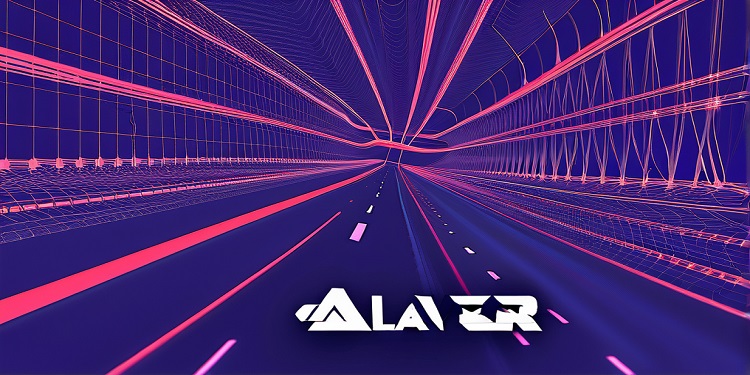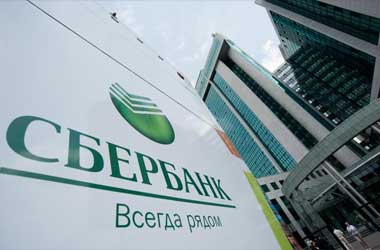 On 28 November, Amazon unveiled two blockchain products: Amazon Quantum Ledger Database (QLDB) and Amazon Managed Blockchain. The company therefore stamped its further expansion into the blockchain technology sector, which started with blockchain-related patents and partnerships that Amazon seemingly chose to work with cryptocurrencies.
On 28 November, Amazon unveiled two blockchain products: Amazon Quantum Ledger Database (QLDB) and Amazon Managed Blockchain. The company therefore stamped its further expansion into the blockchain technology sector, which started with blockchain-related patents and partnerships that Amazon seemingly chose to work with cryptocurrencies.
So what are the new ventures and will they change the crypto-industry? According to the Amazon website, QLDB is a ledger database structured to provide “transparent, unchanging and cryptographically verifiable transaction logs,” which are administered by “a central trusted authority.”
Thus, every one of the changes is supposedly recorded on-chain, while the recent product is also capable of automatically scaling to “execute 2–3X as many transactions as ledgers in common blockchain frameworks.” In reality, Andy Jassy, the CEO of Amazon Web Services (AWS), supposedly stated that the QLDB “will be really scalable, you’ll have a much more flexible and robust set of APIs [application program interfaces] for you to make any kind of changes or adjustments to the ledger database.”
In addition, QLDB allegedly uses a cryptographic hash function (SHA-256) to generate a secure data change history output file, which serves as evidence that “validates the integrity of data changes.”
According to the explanation on Amazon’s website, “With QLDB, your data’s change history is immutable — it cannot be altered or deleted — and using cryptography, you can easily verify that there have been no unintended modifications to your application’s data.”
Walter Montes, co – founderof the Costa Rican Blockchain Community, said that although QLDB is a centralized product, it cannot be compared with decentralized solutions in its roadmap:
“It makes no sense to compare things like transactions per second from a centralized service to a decentralized one. There are reasons why these things are decentralized and these are not merely technical ones. Amazon seems to miss the point by comparing QLDB with a blockchain.”
Even if one tries to compare QLDB with permitted blockchains, which are common in companies at industry level due to their security, there are important differences between the two, says Montes:
“Permissioned blockchains handle cryptography in a decentralized way, which provides properties like historical evidence […] Another relevant point is the value of the smart contracts or chaincodes, which function as agreed and signed rules on how to modify the data. At least in the public information, they only address the immutability promise, but what about the governing rules of data? Without that, they only log whatever happens, with no real proactive control.”
That makes QLDB a database technically, contends Eyal Shani, a blockchain analyst and ex-software engineer, and Aykesubir consultant:
“QLDB is a normal database from that sense, [while] a blockchain database is also an immutable ledger […] the QLDB tech is another layer of software which eases the development of ledger-like software.”
Montes also agree that QLDB is similar to a conventional database and adds that its cryptographic function still makes it less secure than blockchains.
“Cryptography may calm down some users but doesn’t provide the security and robustness that a blockchain provides. [It is more] like a marketing tool.”
Furthermore, the truth that a central authority oversees the whole procedure could make it less dependable among competing companies:
“Imagine six banks of the same size trusting one of them (a competitor) to hold a ‘cryptographically linked-list’ that they can verify. They simply won’t trust it. [Instead], they’d end up creating their own data store and then checking data versions daily. Cryptography is there in part to verify things, but when you can’t even do that, it falls short.”
So who are the potential users of the QLDB solution from Amazon? Maybe those who became skeptical of the blockchain buzzword when the hype began to settle, Shani suggests:
“Some believe in that as much as Satoshi and some don’t want to hear about decentralization, possibly because of the bad reputation it had and the excessive amount of speculators in the cryptosphere.
“It’s marketing buzz, we see it with artificial intelligence and [the] Internet of Things, too. That may continue to happen until creating a real decentralized blockchain is as easy as creating a database today.”
Therefore, greater adoption occurs with the further development of blockchain. It could take longer for decentralization to become a more trusted solution among companies that want to protect their data from tampering: “Decentralization of trust as a concept is something that could fundamentally disrupt some industries, but it’ll take time until we get there. The public and the regulators would have to change their mindset in order for that to happen fully […] Meanwhile, the use of blockchain-like applications and tokenization of assets is already a big jump to many industries and will ease the change into blockchains in the long run.”
Amazon Managed Blockchain, announced together with the QLDB, “makes it easy to create and manage scalable blockchain networks using Hyperledger Fabric and Ethereum’s popular open source frameworks,” but also functions with QLDB itself, as per the company’s website.
In addition, Amazon argues that the product automatically scales depending on the needs of specific applications and is used in certificate management, inviting new users to the network and tracing metrics such as memory and storage resources and computer use. AWS CEO Andy Jassy believes that this service “is going to make it much easier to use the two most popular blockchain frameworks [Ethereum and Hyperledger Fabric].”
Shani questions this case by stating that Ethereum and Hyperledger blockchains in the present circumstances of the industry are already “simply” recognized. The blockchain researcher also stresses the ambiguity of the press release of Amazon:
“Governance in distributed protocol is an important aspect, but it’s unclear in what manner Amazon achieves this. If they implemented it in a centralized manner, how different is that from QLDB?”
Montes, in turn, does not think that a managed blockchain service offering can be long – term since “it limits open scalability (in a network – based technology) by locking it into a single cloud provider.” In any case, such solutions could be convenient for testing and proof – of – concept (PoC) operations.
Nevertheless, the fact that a company as large as Amazon has unveiled new blockchain products may appear a healthy symbol to the industry.
“From a macro point of view, the more research and development being done around Ethereum, the more the protocol strengthens and grows into a global adoption as a standard,” Shani concludes.








